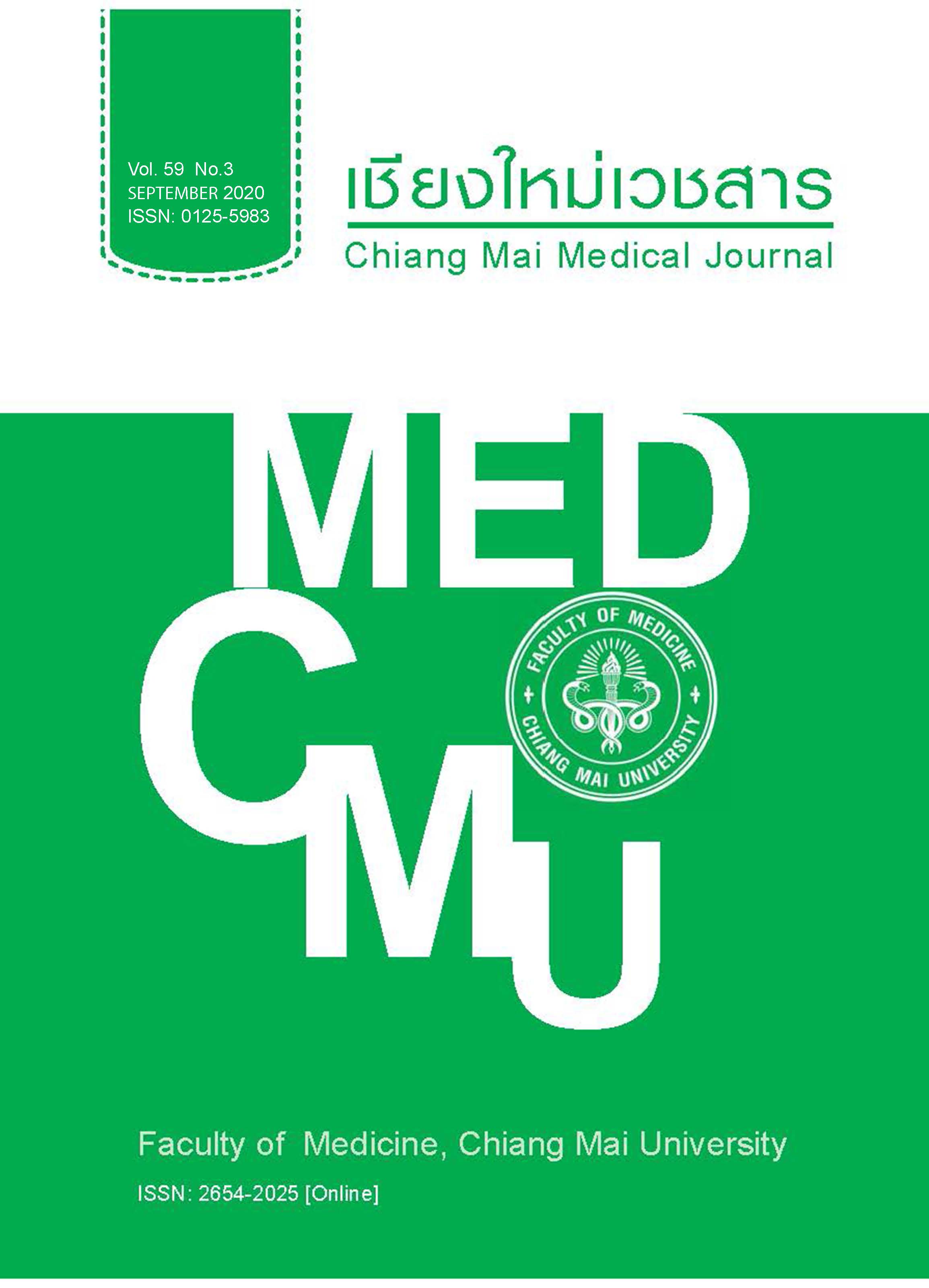High flow nasal cannula for prevention of intubation in acute non-hypercapnic hypoxemic respiratory failure in immunocompromised patients, a randomized controlled trial
Keywords:
high flow nasal oxygen, NIV, acute non-hypercapnic hypoxemic respiratory failure, immunocompromisedAbstract
Objectives To compare the outcomes of high flow nasal cannula (HFNC) with non-invasive ventila-tion (NIV) for treatment of acute non-hypercapnic hypoxemic respiratory failure in immunocompro-mised patients.
Methods Immunocompromised patients with acute hypoxemic respiratory failure (AHRF) admitted to our university hospital were randomized 1:1 to receive either HFNC or NIV treatment in medical ICU. The primary outcome was the need for intubation and IMV within 48 hours after randomization. Secondary outcomes included ICU, 30-day and hospital mortality.
Results During the study period, 19 patients were randomized. Baseline mean respiratory rate was 28.1±4.4/min vs 27.2±5.9 /min and mean P/F ratio was 197.8±66.1 vs 204.5±44.5 in the HFNC and NIV groups, respectively. Median SOFA score was 5 (IQR,3-7) vs 3.5 (IQR,2.75-5.75) and median SAPS II score was 26 in both groups. Causes of AHRF were 61.5% infection and 38.5% non-infection. The need for intubation and IMV within 48 hours after randomization was not significantly different between groups (33.3% vs 20.0%, p = 0.51). Mortality on day 30 was 55.6% vs 40%, p = 0.64). No significant difference was observed in ICU length of stay (2 vs 5.5 days; p = 0.168) or hospital length of stay (18 vs 21 days; p = 0.836).
Conclusion Among immunocompromised patients with acute hypoxemic respiratory failure, HFNC did not significantly decrease intubation rate at 48 hour compared with NIV.
References
Wang T, Zhang L, Luo K, He J, Ma Y, Li Z, et al. Noninvasive versus invasive mechanical ventilation for immunocompromised patients with acute respiratory failure: a systematic review and meta-analysis. BMC Pulm Med. 2016;16:129.
Huang H-B, Xu B, Liu G-Y, Lin J-D, Du B. Use of noninvasive ventilation inimmunocompromised patients withacute respiratory failure: a systematicreview and meta-analysis. Crit Care. 2017;21:4.
Keenan SP, Sinuff T, Burns KEA, Muscedere J, Kutsogiannis S, Mehta S, et al. Clinical practice guidelines for the use of noninvasive positive-pressure ventilation and noninvasive conti-nuous positive airway pressure in the acute care setting. CMAJ. 2011;183: E195-E214.
Rochwerg B,Brochard L, Elliott MW, Hess D, Hill NS, Nava S, et al. Official ERS/ATS clinical practice guidelines: noninvasive ventilation for acute respiratory failure. Eur Respir J. 2017; 50:1602426.
Parke RL, Eccleston ML, McGuinness SP. The effects of flow on airway pressure during nasal high-flow oxygen therapy. Respir Care. 2011;56:1151-5.
Vargas F, Saint-Leger M, Boyer A, Bui NH, Hilbert G. Physiologic effects of high-flow nasal cannula oxygen in critical care subjects. Respir Care. 2015;60:1369-76.
Spoletini G, Alotaibi M, Blasi F, Hill NS. Heated humidified high-flow nasal oxygen in adults: Mechanisms of action and clinical implications. Chest. 2015;148:253-261.
Mauri T, Turrini C, Eronia G, Volta CA, Bellani G, et al. Physiologic effects of high-flow nasal cannula in acute hypoxemic respiratory failure. Am J Respir Crit Care Med. 2017;195:1207-15.
Coudroy R, Jamet A, Petua P, Robert R, Frat J-P, Thille AW. High flow nasal cannula oxygentherapy versus noninvasive ventilationin immunocompromised patients with acute respiratory failure: an observational cohort study. Ann Intensive Care. 2016;6:45.
Frat J-P, Ragot S, Girault C, Perbet S, Prat G, Boulain T, et al. Effect of non-invasive oxygenation strategies in immunocompromised patients with severe acute respiratory failure: a post-hoc analysis of a randomised trial. Lancet Respir Med. 2016;4:646-52.
Huang HB, Peng JM, Weng L, Weng L, Liu GY, Du B. High-flow oxygen therapy in immunocompromised patients with acute respiratory failure: A review and meta-analysis. J Crit Care. 2018;43:300-5.
Frat JP, Thille AW, Mercat A, Girault C, Ragot S, Perbet S, et al. High-flow oxygen through nasal cannula in acute hypoxemic respiratory failure. N Engl J Med. 2015;372:2185-96.
Downloads
Published
How to Cite
Issue
Section
License

This work is licensed under a Creative Commons Attribution-NonCommercial-NoDerivatives 4.0 International License.










